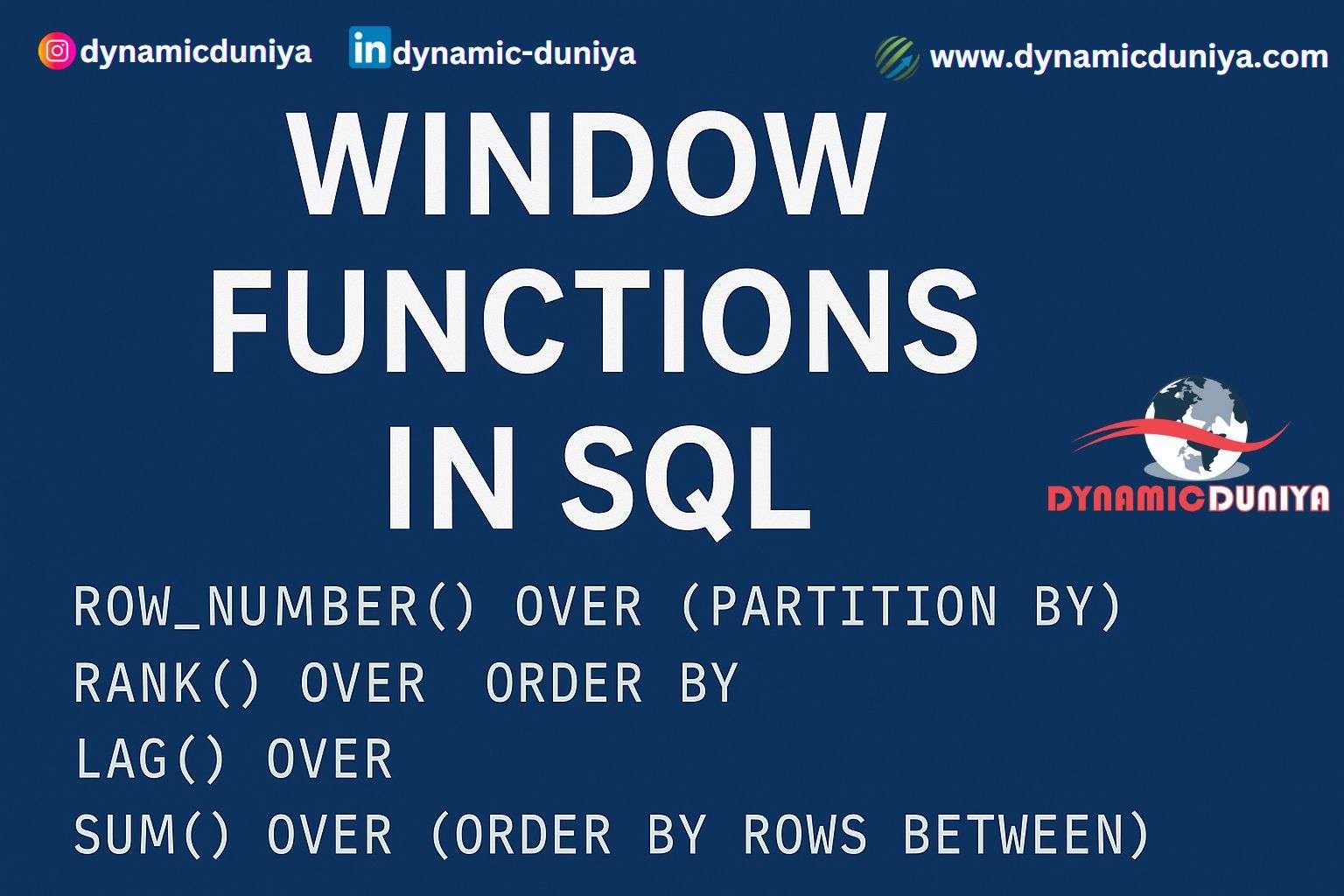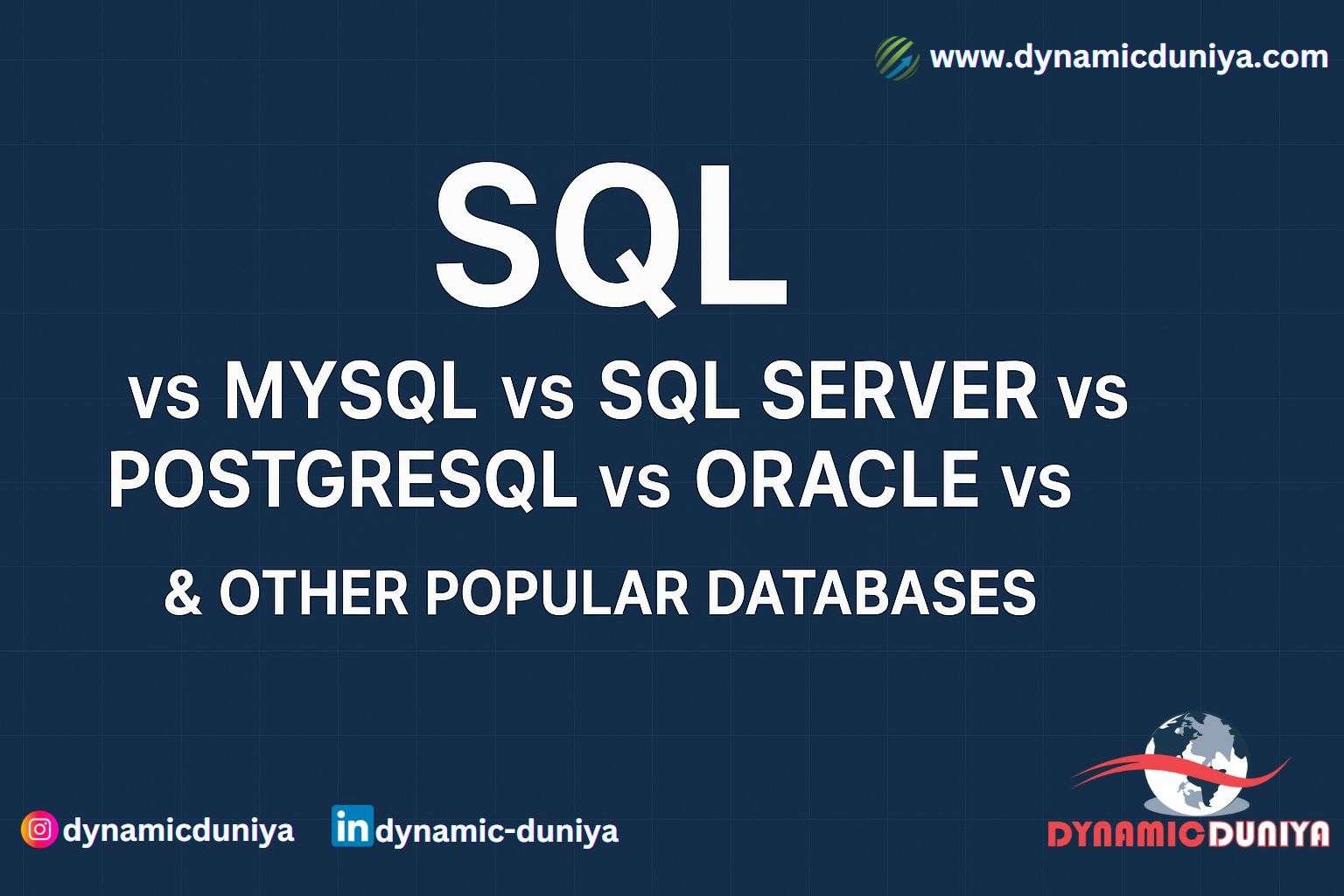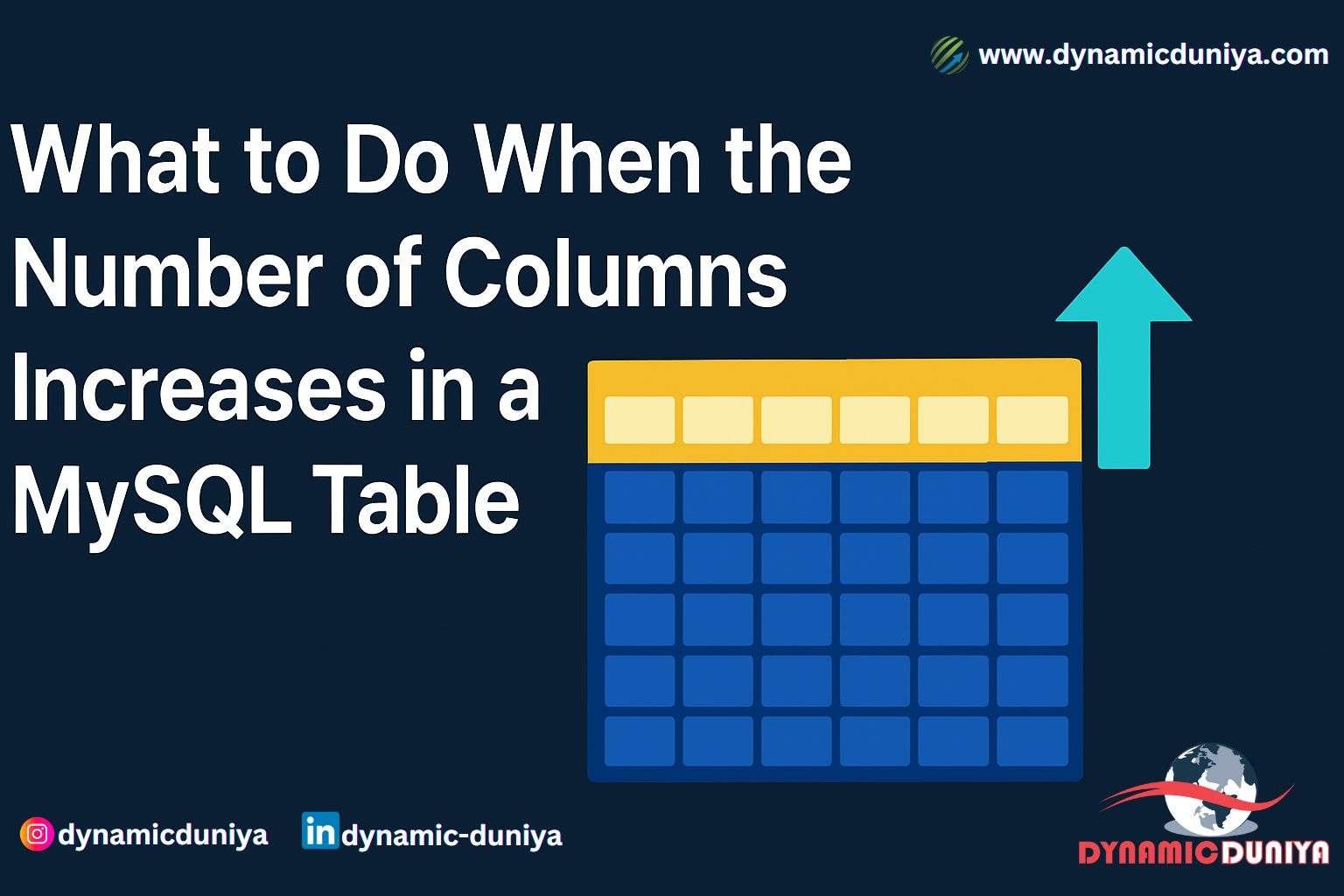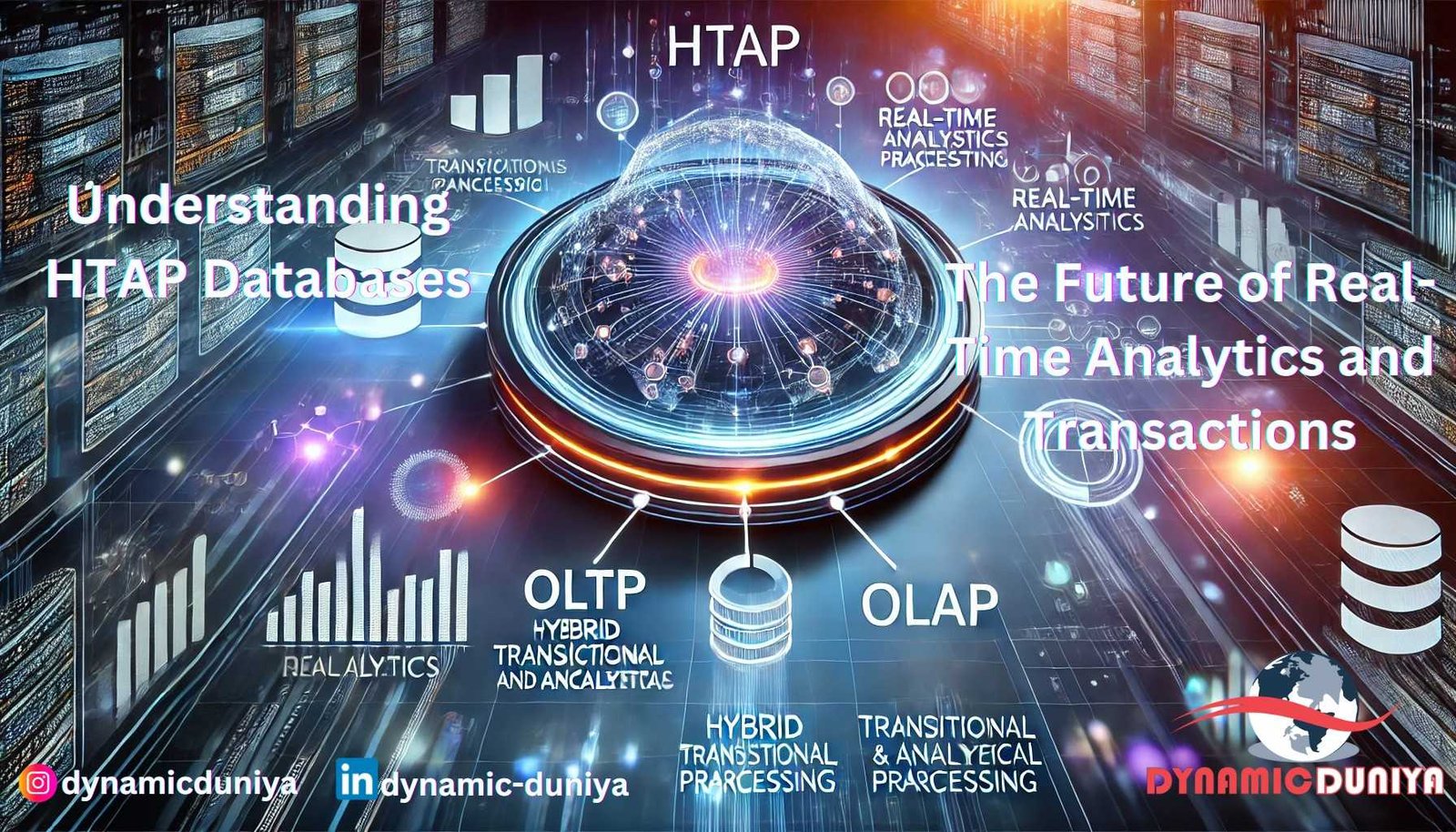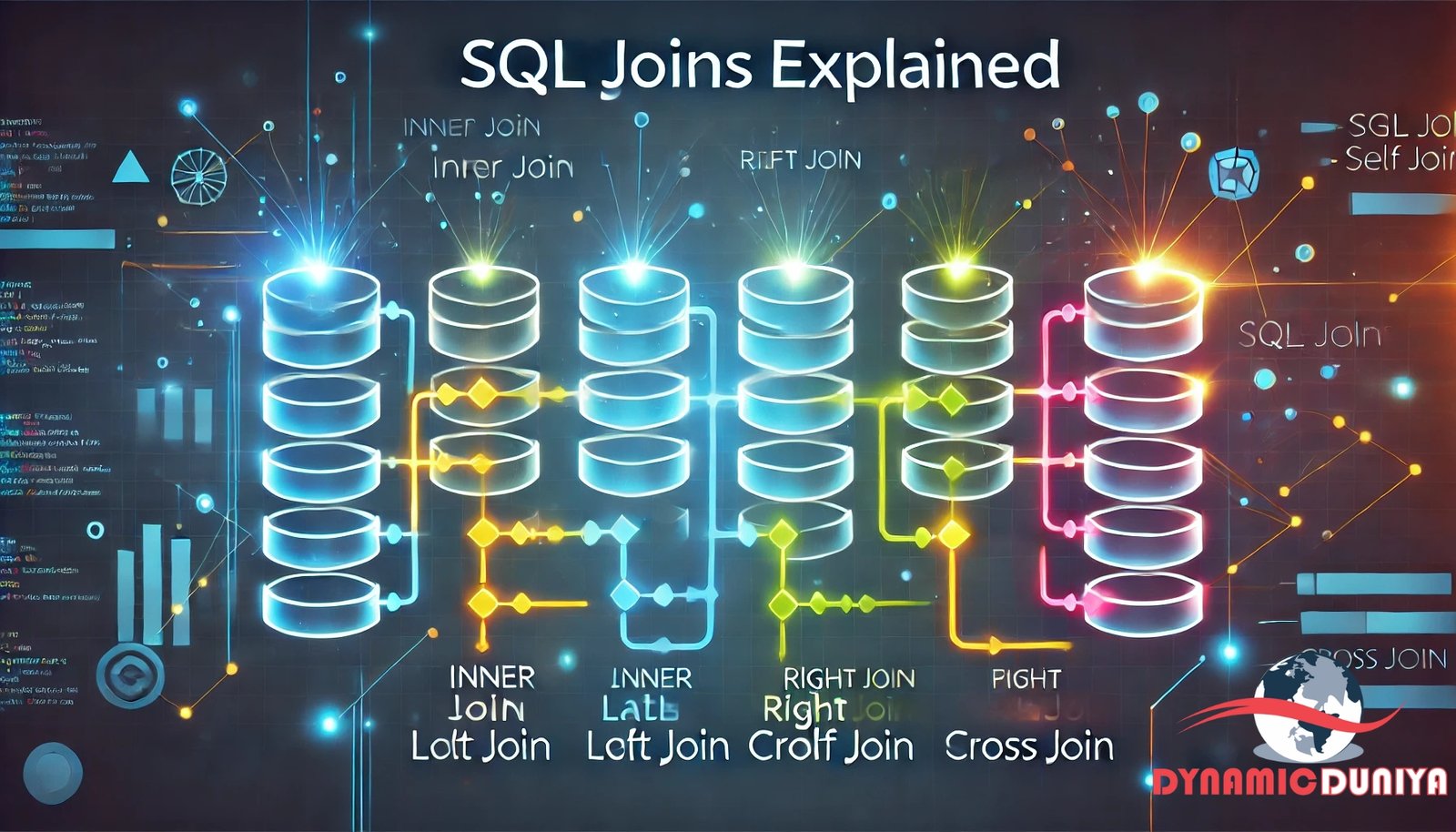The Beginner’s Guide to Normalization and Denormalization in Databases
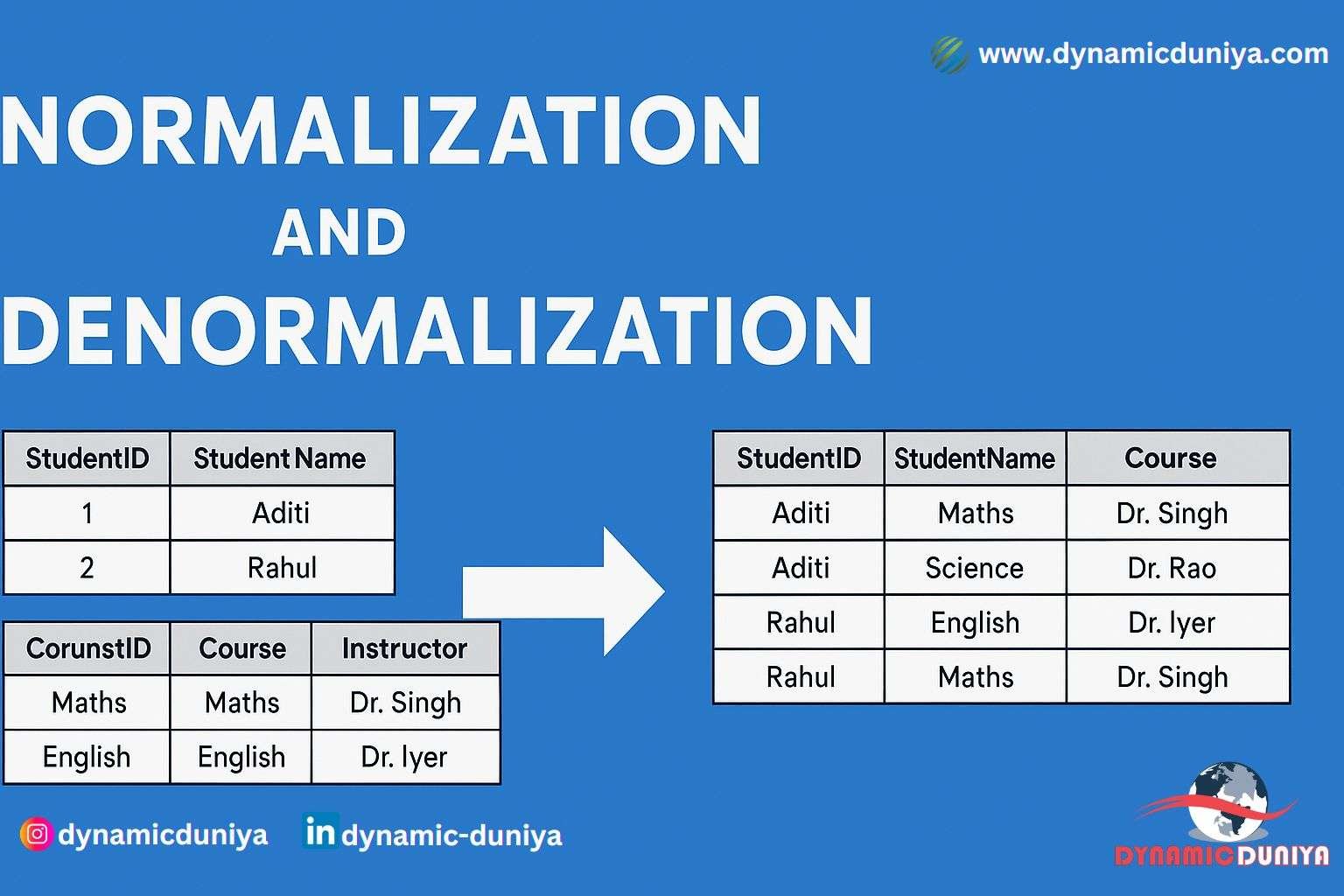
When you design a database, Normalization and Denormalization shape how your data is stored, accessed, and maintained. Understanding these concepts helps you build systems that are both efficient and reliable. In this guide, we’ll:
- Explain Normalization (why and how to organize data into logical tables).
- Explain Denormalization (when and why to add redundancy back for performance).
- Walk through every Normal Form—1NF through 5NF and BCNF—with clear definitions and Indian-name examples.
- Show side-by-side examples of normalizing and denormalizing the same data.
1. What Is Normalization?
Normalization is the process of organizing data in a database so that:
- Redundancy (unnecessary repetition) is reduced
- Integrity (correctness and trustworthiness) is maintained
- Updates, inserts, and deletes are simpler and less error-prone
Think of it like sorting your bookshelf by genre and author instead of stacking every book in one huge pile.
Why Normalize?
Without normalization, you might store the same student name hundreds of times, or list multiple courses in a single cell. This leads to:
- Inconsistencies (if a name changes, you might miss an occurrence)
- Wasted space and slower queries
- Maintenance headaches whenever data changes
Normalization fixes these problems by splitting data into related tables and linking them with keys (unique identifiers).
2. What Is Denormalization?
Denormalization is the opposite: you add redundancy back into your design to make reads faster.
- Useful in read-heavy systems (dashboards, reports).
- Reduces the number of expensive JOIN operations.
- Requires careful updates to keep duplicated data in sync.
Imagine copying a few frequently-used chapters from different books into one reference binder—faster to browse, but you must update two places if a chapter changes.
3. The Steps of Normalization: 1NF → 5NF (and BCNF)
Each “Normal Form” addresses a specific kind of anomaly. We’ll start with a messy table, then apply rules one by one.
3.1 Unnormalized Table (UNF)
A single table records which students take which courses and who teaches them:
| StudentID | StudentName | Courses | Instructor |
|---|---|---|---|
| 1 | Aditi Sharma | Maths, Science | Dr. Singh, Dr. Rao |
| 2 | Rahul Verma | English, Maths | Dr. Iyer, Dr. Singh |
Problems:
- Multi-value cells (e.g. “Maths, Science”)
- Redundancy (Aditi’s name appears multiple times)
- Difficult to query or update
3.2 1NF (First Normal Form)
Rule:
- Each column holds atomic (indivisible) values—no lists.
- Each row is uniquely identifiable.
| StudentID | StudentName | Course | Instructor |
|---|---|---|---|
| 1 | Aditi Sharma | Maths | Dr. Singh |
| 1 | Aditi Sharma | Science | Dr. Rao |
| 2 | Rahul Verma | English | Dr. Iyer |
| 2 | Rahul Verma | Maths | Dr. Singh |
- Atomic = cannot be split further
- Redundancy still exists for StudentName
3.3 2NF (Second Normal Form)
Precondition: Table is in 1NF.
Rule: Remove partial dependencies—no non-key column depends on only part of a composite key.
In our 1NF table, the primary key is (StudentID, Course), but StudentName depends only on StudentID.
Students
| StudentID | StudentName |
|---|---|
| 1 | Aditi Sharma |
| 2 | Rahul Verma |
Enrollments
| StudentID | Course | Instructor |
|---|---|---|
| 1 | Maths | Dr. Singh |
| 1 | Science | Dr. Rao |
| 2 | English | Dr. Iyer |
| 2 | Maths | Dr. Singh |
Now StudentName appears only once in Students.
3.4 3NF (Third Normal Form)
Precondition: Table is in 2NF.
Rule: Remove transitive dependencies—no non-key column depends on another non-key column.
In Enrollments, Instructor determines InstructorPhone (if we added it), so we must separate it.
Courses
| Course | Instructor |
|---|---|
| Maths | Dr. Singh |
| Science | Dr. Rao |
| English | Dr. Iyer |
Instructors
| Instructor | Phone |
|---|---|
| Dr. Singh | 9876543210 |
| Dr. Rao | 9123456780 |
| Dr. Iyer | 9988776655 |
Enrollments now links only StudentID and Course.
3.5 BCNF (Boyce-Codd Normal Form)
Precondition: Table is in 3NF.
Rule: Every determinant must be a candidate key.
Determinant = a column that uniquely determines another column
Candidate key = a minimal set of columns that uniquely identify a row
If Instructor → Room but Instructor is not a key, split again:
CourseInstructor
| Course | Instructor |
|---|---|
| Maths | Dr. Singh |
| Science | Dr. Rao |
InstructorRoom
| Instructor | Room |
|---|---|
| Dr. Singh | R201 |
| Dr. Rao | R202 |
3.6 4NF (Fourth Normal Form)
Precondition: Table is in BCNF.
Rule: No multi-valued dependencies—one key should not have two independent lists.
Example: a table of which languages a student speaks and which sports they play:
| StudentID | Language | Sport |
|---|---|---|
| 1 | Hindi | Cricket |
| 1 | Hindi | Badminton |
| 1 | English | Cricket |
| 1 | English | Badminton |
Language and Sport are independent lists. Split to:
StudentLanguages
| StudentID | Language |
|---|---|
| 1 | Hindi |
| 1 | English |
StudentSports
| StudentID | Sport |
|---|---|
| 1 | Cricket |
| 1 | Badminton |
3.7 5NF (Fifth Normal Form)
Precondition: Table is in 4NF.
Rule: Only valid join dependencies are allowed—no spurious joins.
For a three-way relationship (Supplier-Part-Project), ensure you cannot join decomposed tables to create invalid combinations. You’d store each valid triple (Supplier, Part, Project) and decompose carefully so all joins reconstruct exactly the original data.
4. Denormalization in Action
After normalization, you might create denormalized views or summary tables for faster reads. Below is the same data from 2NF—then denormalized for reporting.
4.1 Starting Point (2NF)
Customers
| CustomerID | CustomerName |
|---|---|
| C01 | Seema Sharma |
| C02 | Rahul Verma |
Orders
| OrderID | CustomerID | OrderDate |
|---|---|---|
| 5001 | C01 | 2025-05-10 |
| 5002 | C02 | 2025-05-11 |
| 5003 | C01 | 2025-05-12 |
OrderItems
| OrderID | Item |
|---|---|
| 5001 | Pen |
| 5001 | Notebook |
| 5002 | Pencil |
| 5003 | Eraser |
| 5003 | Ruler |
4.2 Denormalized View
Combine the three tables into one for quick dashboard queries:
| OrderID | CustomerName | Item | OrderDate |
|---|---|---|---|
| 5001 | Seema Sharma | Pen | 2025-05-10 |
| 5001 | Seema Sharma | Notebook | 2025-05-10 |
| 5002 | Rahul Verma | Pencil | 2025-05-11 |
| 5003 | Seema Sharma | Eraser | 2025-05-12 |
| 5003 | Seema Sharma | Ruler | 2025-05-12 |
You trade storage and redundancy for speed—no JOIN needed when listing orders with customer names.
5. When to Use Which Approach
| Need | Normalization | Denormalization |
|---|---|---|
| Avoid data inconsistencies | ✔ reduce redundancy, enforce integrity | |
| Simplify updates and deletes | ✔ fewer anomalies | |
| Read-heavy analytics or dashboards | ✔ fewer JOINs, faster reads | |
| Real-time transactional systems | ✔ normalized for consistency |
Conclusion
- Normalization organizes tables so data is consistent, easy to update, and free of anomalies.
- Denormalization re-introduces controlled redundancy for performance in read-heavy scenarios.
- Work through 1NF → 2NF → 3NF → BCNF → 4NF → 5NF to ensure your design is solid.
- Use denormalized views or summary tables only where speed outweighs the risk of redundant data.
By mastering both sides, you’ll build flexible, maintainable databases—and know when to bend the rules for real-world performance.
Random Blogs
- Mastering SQL in 2025: A Complete Roadmap for Beginners
- Datasets for analyze in Tableau
- Python Challenging Programming Exercises Part 2
- Important Mistakes to Avoid While Advertising on Facebook
- How to Install Tableau and Power BI on Ubuntu Using VirtualBox
- The Ultimate Guide to Starting a Career in Computer Vision
- How AI is Making Humans Weaker – The Hidden Impact of Artificial Intelligence
- AI Agents: The Future of Automation, Work, and Opportunities in 2025
- AI in Cybersecurity: The Future of Digital Protection
- Datasets for Speech Recognition Analysis
Prepare for Interview
- JavaScript Interview Questions for 5+ Years Experience
- JavaScript Interview Questions for 2–5 Years Experience
- JavaScript Interview Questions for 1–2 Years Experience
- JavaScript Interview Questions for 0–1 Year Experience
- JavaScript Interview Questions For Fresher
- SQL Interview Questions for 5+ Years Experience
- SQL Interview Questions for 2–5 Years Experience
- SQL Interview Questions for 1–2 Years Experience
- SQL Interview Questions for 0–1 Year Experience
- SQL Interview Questions for Freshers
- Design Patterns in Python
Datasets for Machine Learning
- Awesome-ChatGPT-Prompts
- Amazon Product Reviews Dataset
- Ozone Level Detection Dataset
- Bank Transaction Fraud Detection
- YouTube Trending Video Dataset (updated daily)
- Covid-19 Case Surveillance Public Use Dataset
- US Election 2020
- Forest Fires Dataset
- Mobile Robots Dataset
- Safety Helmet Detection
- All Space Missions from 1957
- OSIC Pulmonary Fibrosis Progression Dataset
- Wine Quality Dataset
- Google Audio Dataset
- Iris flower dataset
- Artificial Characters Dataset
- Bitcoin Heist Ransomware Address Dataset

